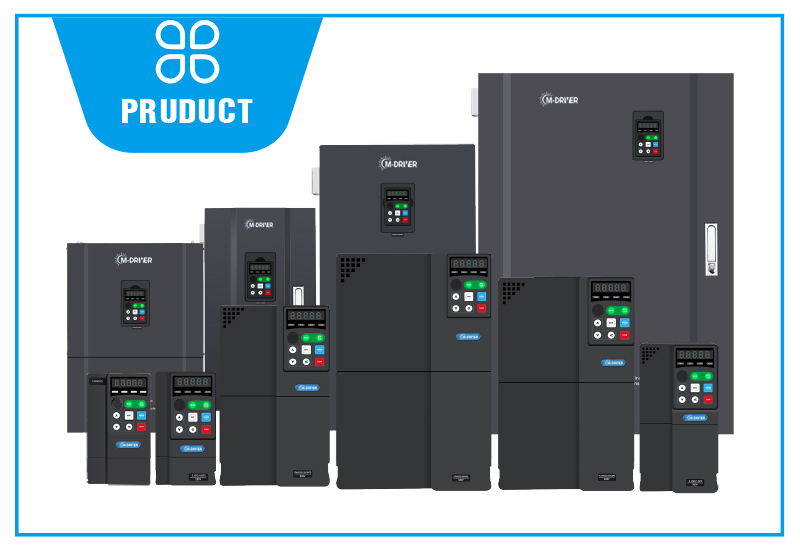Selecting the right Variable Frequency Drive (VFD) for your motor involves considering several key factors to ensure compatibility, efficiency, and optimal performance. Here's a step-by-step guide to help you choose a suitable VFD:
1. Motor Specifications:
Voltage and Current Ratings: Ensure the VFD's voltage and current ratings match those of your motor.
Motor Power (HP or kW): Choose a VFD that can handle the power requirements of your motor.
Motor Type: Different VFDs are designed for specific motor types like induction, synchronous, or DC motors. Ensure compatibility with your motor type.
2. VFD Features:
Speed Range: Consider the required speed range for your application and select a VFD that offers adequate control within that range.
Acceleration/Deceleration Time: Choose a VFD that allows adjustment of acceleration and deceleration times to suit your application needs.
Control Interface: Determine if you need a VFD with a specific control interface (analog, digital, serial communication) for integration into your system.
3. Environmental Conditions:
Ambient Temperature: Ensure the VFD is suitable for the operating temperature of your environment.
Ventilation and Cooling: Consider the cooling requirements and ensure the VFD has appropriate cooling mechanisms if required.
4. Protection and Safety:
Overload Protection: Look for VFDs with overload protection features to safeguard against motor damage during high load conditions.
Short-Circuit Protection: Ensure the VFD offers protection against short circuits and other electrical faults.
5. Harmonics and Power Quality:
Harmonic Mitigation: Consider VFDs with built-in filters or harmonic suppression to maintain power quality and reduce harmonics that might affect other equipment.
6. Compliance and Standards:
Certifications: Ensure the VFD complies with relevant industry standards and certifications for safety and performance.
7. Future Expandability and Compatibility:
Scalability: If your system might expand in the future, consider a VFD that can accommodate additional features or upgrades.
Compatibility with Control Systems: Ensure compatibility with existing or future control systems and protocols.
8. Manufacturer Support and Reliability:
Reputation and Support: Choose a reputable manufacturer known for quality products and reliable customer support.
Warranty and Service: Check for warranty periods and available service support.
9. Cost Consideration:
Initial Cost vs. Long-Term Savings: Consider not only the initial cost but also long-term energy savings, maintenance costs, and system reliability.
10. Consultation and Expertise:
If unsure, seek advice from VFD manufacturers, distributors, or electrical engineers who can provide guidance based on your specific motor and application requirements.
Final Note:
Ensure to consult the motor and VFD specifications provided by manufacturers and, if needed, seek professional advice to ensure the selected VFD is compatible and suitable for your motor and application needs.




